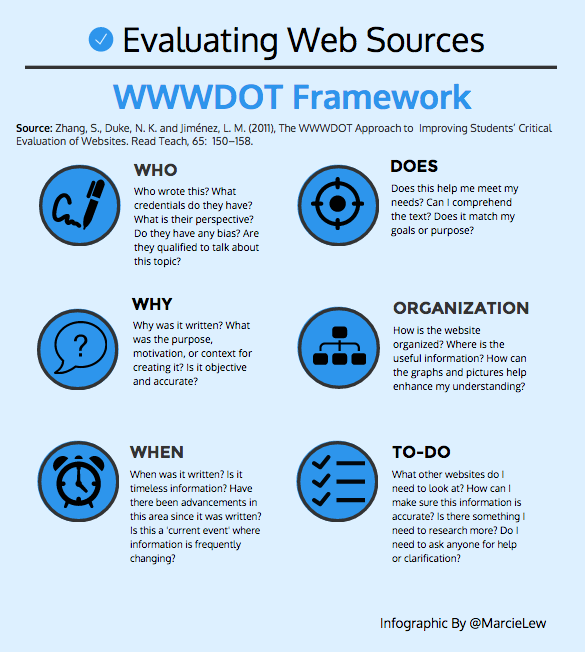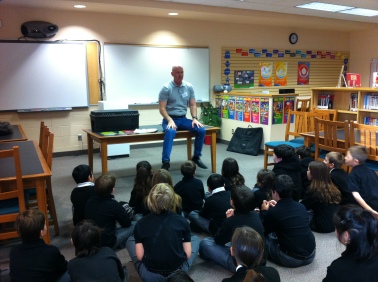One of my new favourite things to do in the summer is to read, and not just read for 20 minutes here and there, but actually sit on the deck and read a whole book cover to cover. There is something about reading a complete work, in a concentrated amount of time that brings it to life for me. I know that might seem strange, but I have only recently discovered this.
Confession time: to be frankly quite honest, I have never considered myself to be much of a reader.Don’t get my wrong, I have done my fair share of reading over the years, but I had never really fallen in ‘love’ with reading. I remember thinking about the other students in elementary school that would have a book hidden in their desk during the lessons and wondering what they found so interesting. I was always the kid that would be grabbing a new book every time we had ‘silent reading’ and just flipping through the pages – not really reading – just passing time.
When I think back to my own reading instruction, I only have memories of learning the mechanics of reading and answering straight forward multiple choice comprehension questions. I am sure that there was some instruction, but it wasn’t until my final years of university when I started working at the reading clinic at my university (for students who had reading difficulties) that I realize I had never really been taught the ‘strategies’ of reading. Although I had informally picked up these skills up over time, it was like someone had flicked a switch in my brain when I learned about them and reading all of a sudden changed for me. I still didn’t ‘love’ reading, but I quickly became a much better and more confident reader.
As a teacher, I clearly know the importance of developing strong reading skills and encouraging students to enjoy reading; however, I felt a little bit like a hypocrite trying to encourage my students to love reading – and spend more time doing it, instead of playing on their electronics, when in actual fact it wasn’t something I clearly loved or was doing on any regular basis other than what I needed to read. I loved math and science – areas of study that I had originally thought were black and white, there were rules and laws, not shades of grey (although now I realize that isn’t always the case)!
Kids are pretty smart and I wasn’t doing a very good job of this so I knew I needed to step up my game. I needed to learn to love reading if I was going to have any luck convincing my students that it was something they should love too.
Over the past few years, I have been fortunate to follow some amazing people on Twitter that clearly LOVE reading including @MrSchuReads, @PernilleRipp founder of the Global Read Aloud Project, and a K-12 librarian @ShannonMiller. Through them, I have been able to find some amazing books to read out loud to my class including The One and Only Ivan, Wonder, and The Ascendance Trilogy (The False Prince, The Runaway King, and The Shadow Throne). I have also found GoodReads, which does a fantastic job of connecting you with other books you might enjoy based on your reading history.
Through reading these amazing books, not only have I truly been able to inspire a love of reading in my students, but I have also found a love of reading myself. I now know what the kids who are hiding books in their desk are feeling, and why they are doing it. I get it.
With just over a week into my summer break and 7 books down, I have enjoyed just letting my brain take me on an adventure. There is a level of self-gratification that accompanies completing a good read that just makes you feel good inside – and that is important.

